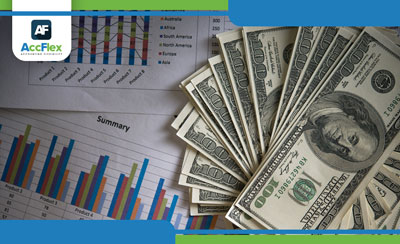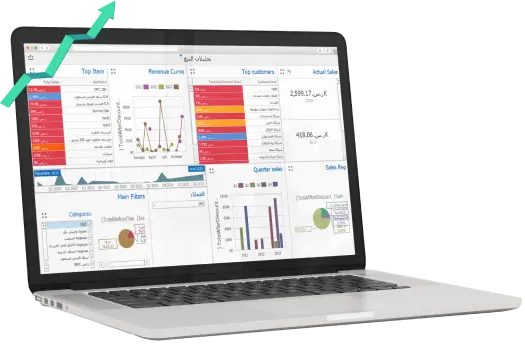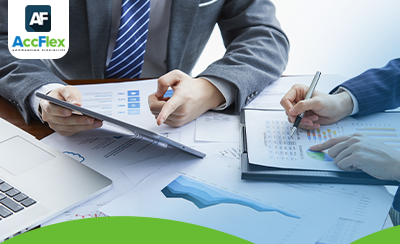It is the return that the company must achieve to meet the required rate of return by the company's shareholders, taking into account that there are liabilities to the other parties such as creditors and loan liabilities in the sense that if a company-issued shares of a nominal value of 100 pounds through National Bank of Egypt that charges fees an amount of 10% of the value of the share for it to market, the company, in this case, will receive an amount of 90 pounds per share and assuming that the shareholders expect a return of 10% of the share, the company must achieve a return higher than 10% to cover the share issue costs, also, if the company can achieve an equal return of cost of capital, the share price remains constant, but if the company can achieve a return greater than the cost of capital, then the value of the share will rise in the market and if the return is less than the cost of capital, then, in this case, the investors decide to reduce investments or liquidation of the project, and therefore we can say the cost of capital is the rate of return on investment of the company, at which the share price remains constant in the stock exchange, or, in other words, “the minimum return that should be achieved from the investment the available funds.”
Factors that determine the cost of capital
Many factors affect the cost of capital, such as economic factors, market factors, risk, and the volume of financing
1- Economic factors: it has a significant role in the demand and supply of capital, and also in cases of economic growth or inflation cases, meaning that if there is an increase in the inflation rate, this will cause investors to demand a higher rate of return to compensate for declining purchasing power.
2- Market factors: any investor looking for a good return, as compensation for the risks that he can be exposed to, and the higher the level of risk, the greater the required rate of return by the investors, and this leads to an increase in the cost of capital.
3- Risk: the risk can be divided into two types, business risk, resulting from investment decisions and their idea of the instability of the return on investment and its constant volatility
The second type of risk is the financial risk, which is that return on equity is volatile
In general, the relationship between risk and the cost of capital is direct, whenever the degree of business risk and financial risk increases, the cost of capital increases, and therefore the required rate of return by shareholders increases.
4- Volume of financing: the volume of financing required by the company affects the cost of capital because the high volume of financing needs leads to an increase in the cost of capital.
The importance of calculating the cost of financing
Knowing the cost of funds is an important and essential element in the financial decision-making process related to obtaining finance and thus comparing between the alternatives available to reach a suitable and appropriate financial decision, as well as the financial structure that affects the size of the risk and the company's profitability and calculating the cost of financing for each financing element that helps the finance department in decision-making on choosing the most appropriate sources of finance in terms of cost and determining the cost of financing is very important when preparing the capital budgeting of the company
Due to the absence of fixed and specific agreed rules and considerations in determining the cost of funds, knowledge of the cost of funds is based on the forecast of estimating that cost, focusing on the expected return and attempting to finance towards the lowest cost source which yields the highest return, as for the sources of funding (the amount of available funds) its amount varies according to the cost, so the amount of available funds increases when its cost increases and its amount decreases with a decrease in its cost, i.e. the increase in the demand for sources of funding leads to an increase in the cost of available funds and a decrease in the demand for it leads to a lower cost and thus the cost of the funds depends on supply and demand.
The importance of calculating the cost of funds: must be accurately calculated before using any method of evaluating investment that uses the concept of present value and take into account the change in the time value of money
The financing cost is used in practice as a discount rate to find the present value of the expected monetary gains from the investment project as it is the minimum acceptable rate of return on investment to be achieved for each investment achieves its objective and therefore the financing cost is the line between projects that are rejected from the beginning when they do not cover the minimum acceptable rate of return on investment, which is the financing cost.
Estimating and calculating capital structure components
The cost of capital for the company is the financing cost that composition of the company's capital structure and therefore when calculating the company's cost of capital, there must be a set of steps: identify the sources of finance, that will be used to achieve an optimal capital structure and take into account the equity capital and external funding sources. In the sense of determining the ratio of each of the debt, common stocks and preferred stocks in the capital structure and calculate the costs of each source of finance, comparing each financing cost and its percentage in the capital structure to calculate the cost of capital or the weighted average cost of capital that the company needs for its investment operations.
Assumptions of calculating the cost of capital
To calculate the cost of capital, there must be some assumptions such as
1- No change in business risk: to calculate the cost of capital assumes that a business risk at a constant level or to be slightly changed and any change in the level of business risk leads to a change in the required rate of return.
2- No change in financial risk: the higher the debt ratio in the company's financial structure, the greater the interest and the greater the potential for non-payment, meaning that the degree of financial risk increases, and therefore it can be said that the level of financial risk has an impact on the required rate of return by investors.
3- No change in dividend policy: the calculation of the cost of capital assumes that the dividend increases at a constant growth rate.
4- When evaluating investment projects, cash flows are estimated and calculated on an after-tax basis.










